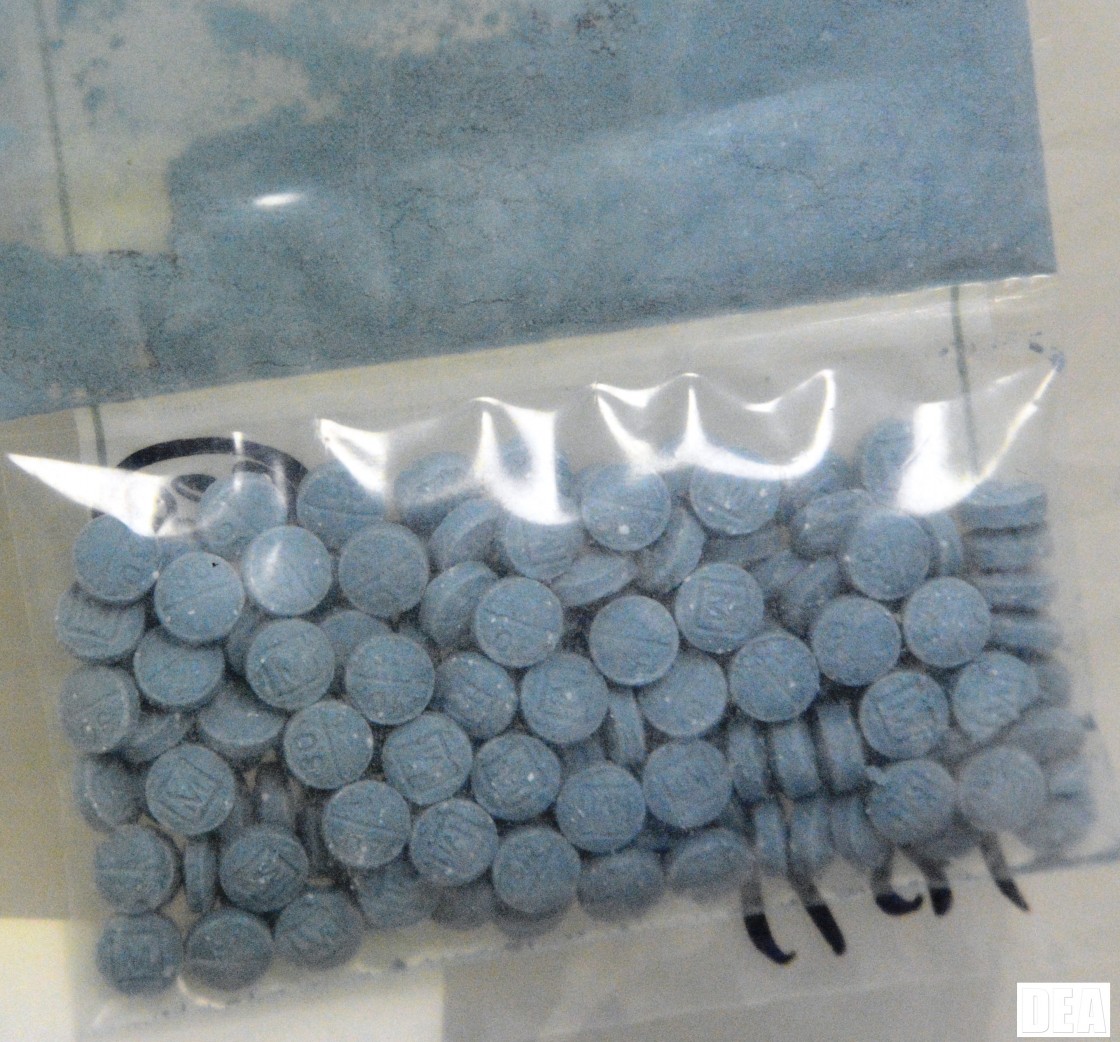- Over-the-Counter Drugs
- Prescription Drugs
W-18 is classified as a Schedule I Drug by the DEA
- Schedule I drugs, substances or chemicals are defined as drugs with a high potential for abuse
- Schedule I drugs have the potential to cause severe psychological or physical dependence
- These drugs are considered dangerous
What is W-18?
W-18 is a synthetic opioid created in a Canadian university lab during the 1980s. W-18, originally engineered with the hope of creating a less addictive pain management drug, is actually highly addictive and extremely potent. It is 100 times stronger than fentanyl and its effects are 10,000 times more powerful than morphine. This opioid is so toxic doses are measured by the microgram. A microgram is one millionth of a gram. Pharmaceutical companies chose not to carry W-18 over thirty years ago.
In 2015, W-18 made an appearance in North America again when it was seized in a drug bust. Health officials suspect W-18 is being manufactured in China and shipped overseas.
On the street, W-18 is sometimes referred to as Beans or Shady 80s.
How is W-18 abused?
W-18 may be swallowed, injected, smoked or snorted.
How does W-18 affect a person?
W-18 is taken to attain a euphoric high, much like that experienced when using heroin or morphine.
What are the health effects/risks of using W-18?
Common opioid effects include feelings of euphoria, alleviation of pain, drowsiness, mental confusion, nausea, constipation, slowed breathing, lightheadedness, fatigue and weakness.A large single dose of an opioid can cause severe respiratory depression or death. With W-18 use, this reaction can occur when just a speck, or few grains, are inhaled.
W-18 pills, created in labs without regulation, deliver inconsistent doses. The difference in a “desirable” and deadly dose of W-18 is so miniscule, sophisticated lab equipment and highly trained professionals are needed to protect from fatal overdoses. With an illicit drug, these precautions are unlikely.
There are no tests for doctors to detect W-18 in a patient’s blood or urine. This makes visits to the emergency room more dangerous. While doctors can often diagnose a case of opiate abuse, they may be left unaware of the lethal dose ingested. Actual W-18 overdoses are likely being underreported. Heroin and fentanyl can be detected in drug tests and may be viewed as the cause of an overdose, despite the presence of W-18.



